Content
Free Mental Health Assessment
How to Get Therapy Without Insurance

Whether you’re dealing with difficult family dynamics, feeling lonely after a breakup or struggling with anxiety in the workplace, stress is an unavoidable part of life. Therapy, however, is a powerful tool that can make muddling through it all a little bit easier.
When you think of the term “therapy,” you might automatically think of people who need help because of debilitating mental health disorders like depression or anxiety. While that’s certainly a reason why people seek treatment, you don’t necessarily need to have a mental health condition or be in crisis in order to benefit from therapy –– all you need is the desire to want to talk openly to someone.
Venting to a loved one or friend might feel good, but a licensed therapist will listen to you talk and has the expertise and knowledge to provide you with evidence-based coping strategies for your specific mental health needs.
So it’s not surprising that 75 percent of people who participate in psychotherapy (also known as talk therapy) report improvement in their symptoms. That’s a pretty high success rate.
But despite the odds being in your favor, taking steps to improve your mental health through therapy can still feel intimidating, in part because it comes with a cost — literally. While therapy is typically covered by insurance, it can be extremely pricey, especially if you have to pay out-of-pocket. The good news is that there are ways you can access low-cost therapy, and even therapy without insurance.
Navigating the costs of therapy without insurance coverage can be overwhelming but we’ll walk you through your options so you’re armed with the information you need to make the best choice for you.
Content
The million-dollar question: How much does therapy cost without insurance? The truth is, like many things in life, it just depends.
From cognitive behavioral therapy (CBT) to exposure therapy, there’s a wide range of different types of therapies available. They differ in a lot of ways, and which one is best for you depends on factors such as your symptoms. Another way they differ? Some will be more expensive than others — but this shouldn’t discourage you from looking into your options.
There are a number of factors that go into the cost of therapy and make some rates more expensive than others. Location, for instance, is a big one. If you live in a more rural area, you might owe as little as $30 or $40 per session.
However, if you live in a pricier city like New York or Los Angeles, you might be paying as high as $250 per session or more (*wipes sweat off forehead*).
Specialization is yet another factor that contributes to the cost of therapy. For example, if you see an experienced mental health professional who specializes in a specific disorder, like bipolar disorder, they’ll have more certifications and schooling vs. someone who just finished up graduate school.
The more experienced person is going to have a deeper level of expertise and is likely to charge more money as a result.
Another factor is the type of condition you’re looking to treat with therapy. More complex mental disorders like bipolar disorder and schizophrenia may involve more expensive therapy because they’re not as common as, say, depression or anxiety.
How to Get Therapy Without Insurance
Alrighty, so therapy isn’t exactly free. But it can still be affordable, and you shouldn’t rule it out based on cost alone.
Let’s take a look at some of your options.
Sliding-fee scale clinics. Yes, not having insurance can be a big part of the problem when it comes to accessing therapy, but so can not having enough money. If therapy simply just isn’t within your budget, finding a therapist with a sliding-fee scale might be the ticket for you. The types of clinics that offer sliding-fee scales will take a look at your income to see what you can afford for each session.
Online therapy. Hate hanging out in office waiting rooms? Then online therapy might be a fantastic option for you. Not only can you speak to a mental health professional from your home (or wherever is most convenient for you), but many virtual therapy platforms charge a lower price for their services. If you’re curious to learn more about online therapy, the Hers platform is a great place to start exploring.
Local university clinics. Consider researching the different colleges and universities in your area — sometimes graduate students who are earning advanced degrees will offer therapy services at a discounted price.
Group therapy. It’s not one-on-one, but group therapy does have the potential to be cheaper than individual therapy since you’re splitting up the time with other patients. If you’re not 100 percent sold on the idea of opening up in front of others (which is totally understandable), anonymous support groups can still offer support, but with a layer of privacy.
Cash payment. Dealing with insurance companies isn’t just annoying for you — it’s often annoying for mental health providers too. Because of the hassle, some might opt to bypass these companies and accept cash as payment. They also may offer cheaper prices for their services if you pay in cash. How do you know if they accept cash? Find a therapy provider, call them and ask. The worst they can say is no.
Therapy isn’t the only way to get help with your mental health. There are other services at your disposal that you can tap into, such as:
Professional organizations. Both The National Alliance on Mental Illness (NAMI) and Mental Health America are organizations dedicated to providing mental health resources, including helplines and how to find local support groups in your area.
Nonprofits. Some nonprofits organizations that are health-centric may have volunteer therapists, social workers and other professional mental healthcare providers whom you can access. For example, Open Path Psychotherapy Collective is a nonprofit that provides both in-person therapy and online therapy sessions that cost between $40 and $70.
Disability benefits. If your mental illness makes it impossible for you to go to work, you might be able to qualify for disability benefits. While this doesn’t necessarily mean you’ll get healthcare coverage, it’s possible you could get mental health benefits from Medicare or employee assistance programs.
Hotlines. If you’re in crisis (such as having suicidal thoughts, for example), a hotline can help you navigate an emergency. The Hotline Directory contains numbers you can call, including the Suicide Prevention Hotline (1-800-SUICIDE). The SAMHSA (Substance Abuse and Mental Services Administration) National Helpline is another resource that is free, confidential and available 24/7.
Drop-in centers. Drop-in centers are typically managed by people who have mental health issues and can provide peer-to-peer assistance. To find your nearest drop-in center, contact your county department of health.
Your mental health is an incredibly important part of your overall well-being and you deserve to get the help you need, with or without health insurance. If you’re considering therapy but don’t have insurance, just remember:
Affordable therapy exists. From sliding-scale fees to local university clinics, there are options to better your mental health that won’t bankrupt you. It might take some extra legwork, but you can absolutely find low-cost therapy options or counseling for adults without insurance, be it in–person or through online therapy.
There are other resources beyond therapy. Whether it’s a hotline or drop-in center, these services exist for a reason. While they don’t replace longer-term therapy, they can help you get started or if you’re in a crisis — and they’re free. There’s no shame in using them.
Opening up is hard but important. We get it: Being vulnerable about your mental health struggles can be scary. But speaking up is the first step in getting the help you need. If you’re not quite ready for therapy, consider connecting with a loved one or friend for support, so they can show up for you in the best way possible.
If you’re thinking about starting therapy, you can read up on how to find a therapist, as well as what to expect during your first session. For more tips and treatment options, our mental health services can point you in the right direction.
7 Sources
Hims & Hers has strict sourcing guidelines to ensure our content is accurate and current. We rely on peer-reviewed studies, academic research institutions, and medical associations. We strive to use primary sources and refrain from using tertiary references.
- Understanding psychotherapy and how it works. (2023c, March 21). https://www.apa.org. Available from: https://www.apa.org/topics/psychotherapy/understanding
- Psychotherapy | NAMI: National Alliance on Mental Illness. (n.d.). Available from: https://www.nami.org/About-Mental-Illness/Treatments/Psychotherapy
- NAMI Helpline. (n.d.). National Alliance on Mental Illness. Retrieved June 19, 2023, from https://www.nami.org/help
- Find Support Groups. (n.d.). Mental Health America. Available from: https://www.mhanational.org/find-support-groups
- Benefits for People with Disabilities. (n.d.). Available from: https://www.ssa.gov/disability/
- Davo Productions, http://www.davoproductions.com. (2020, January 15). List of Hotlines - Please Live. Please Live. Available from: https://www.pleaselive.org/hotlines/
- SAMHSA’s National Helpline. (n.d.). SAMHSA. Available from: https://www.samhsa.gov/find-help/national-helpline
This article is for informational purposes only and does not constitute medical advice. The information contained herein is not a substitute for and should never be relied upon for professional medical advice. Always talk to your doctor about the risks and benefits of any treatment. Learn more about our editorial standards here.
Related Articles
Related Conditions
 Anxiety
Anxiety
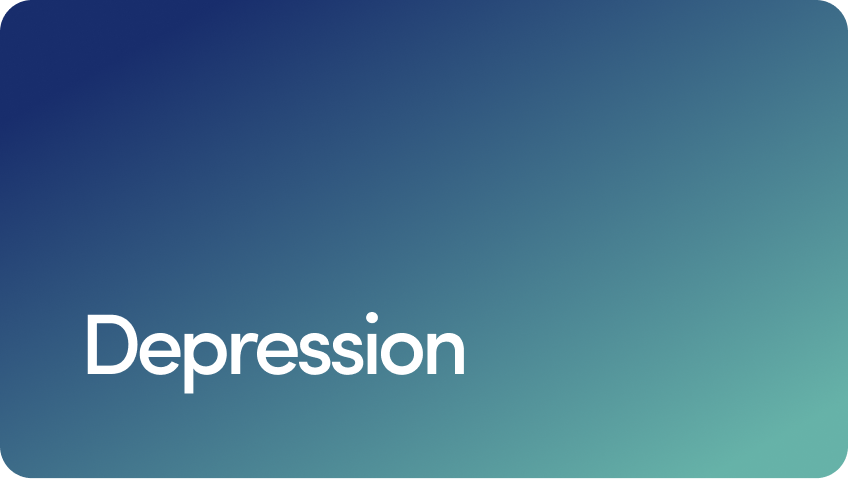 Depression
Depression
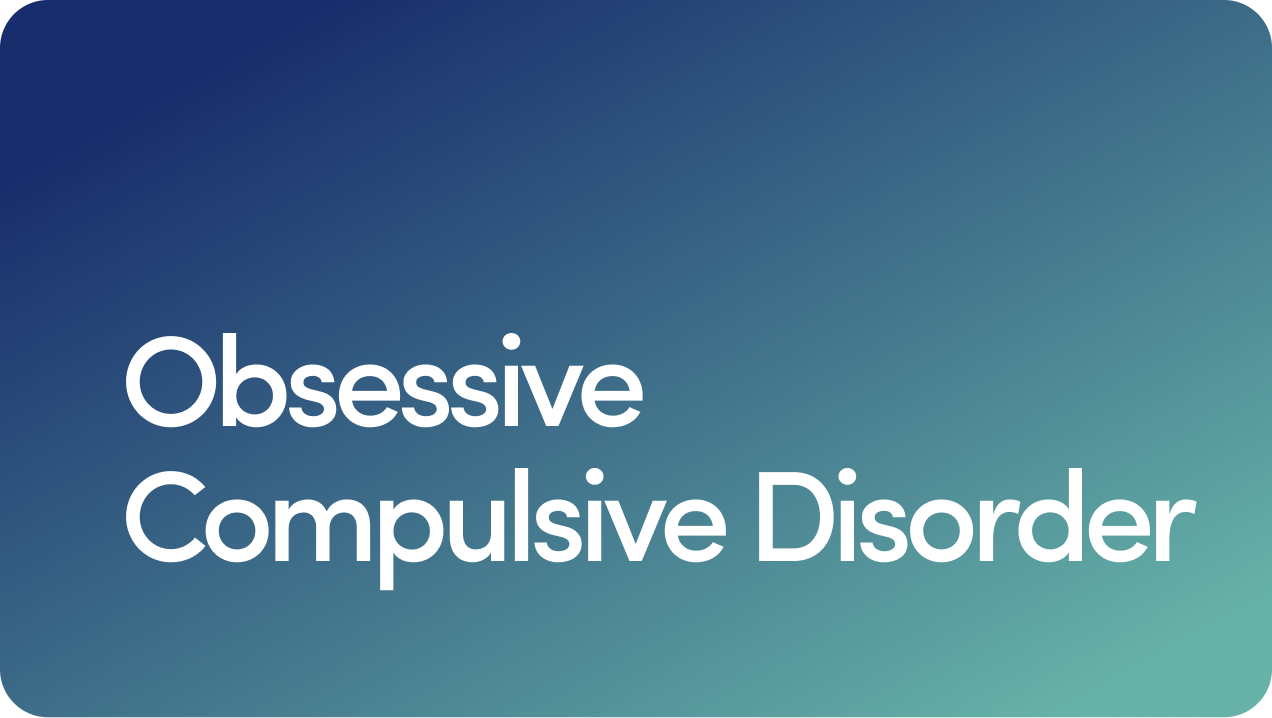 OCD
OCD
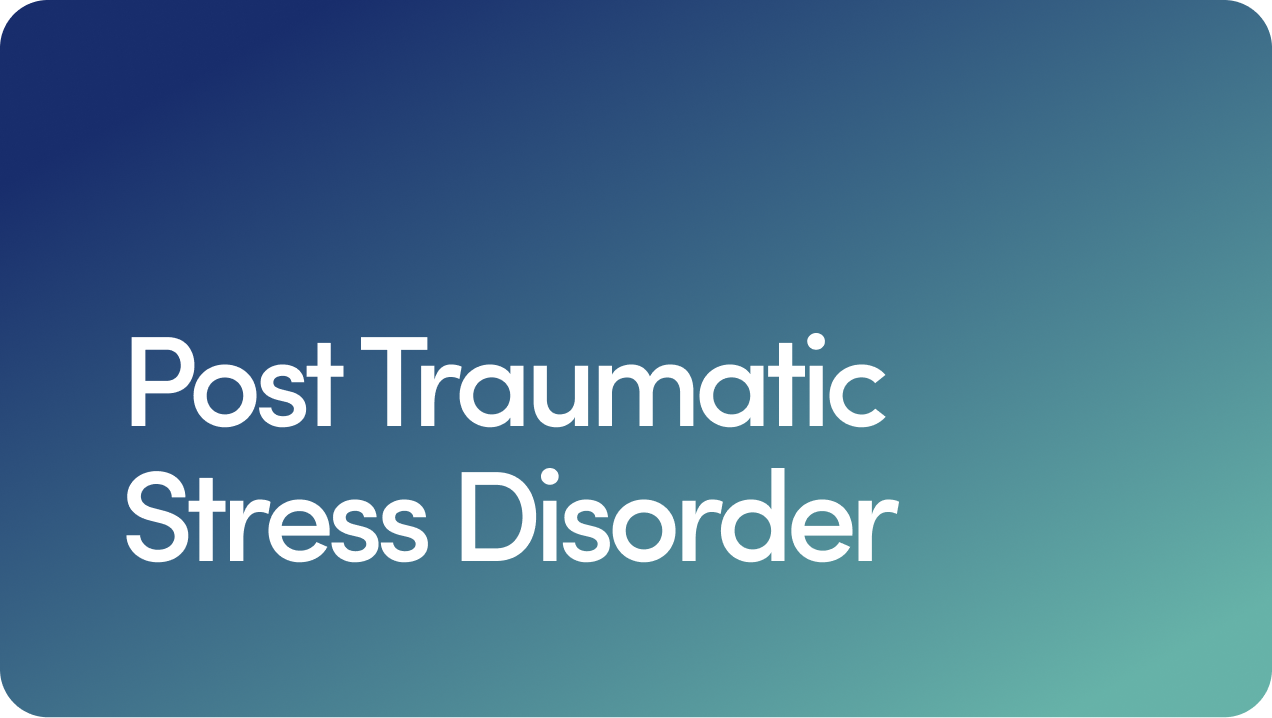 PTSD
PTSD
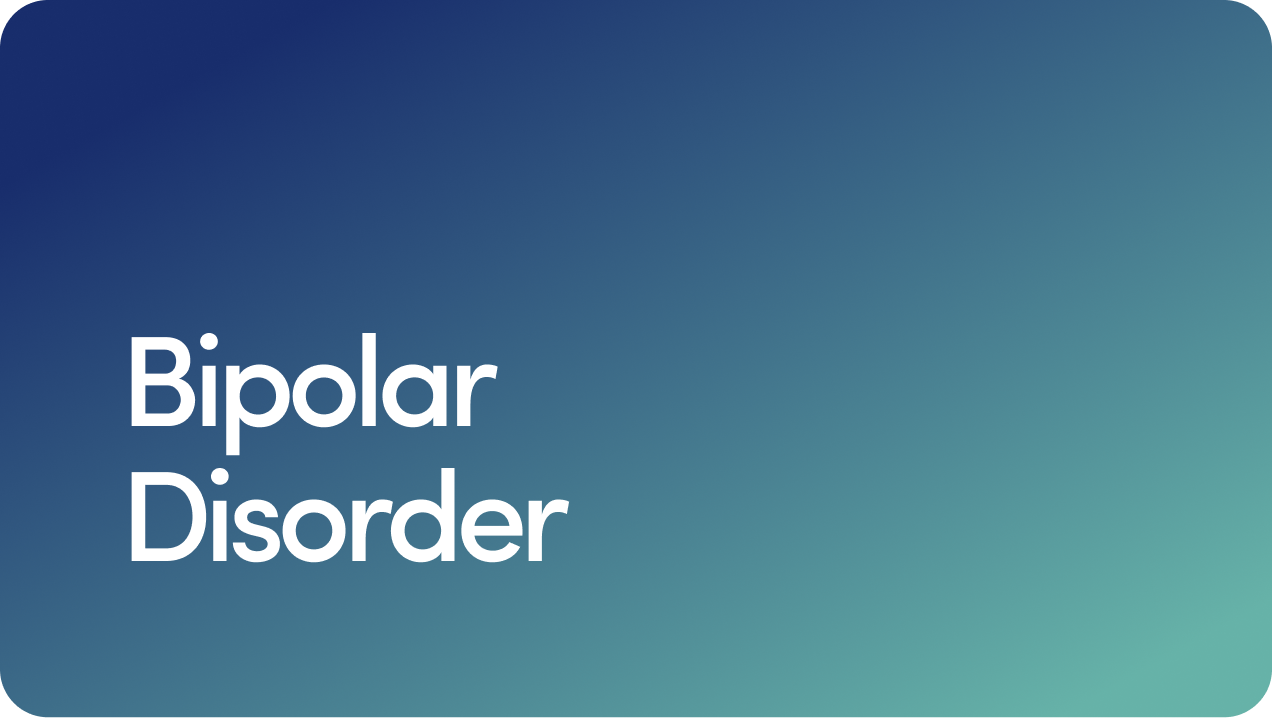 Bipolar Disorder
Bipolar Disorder
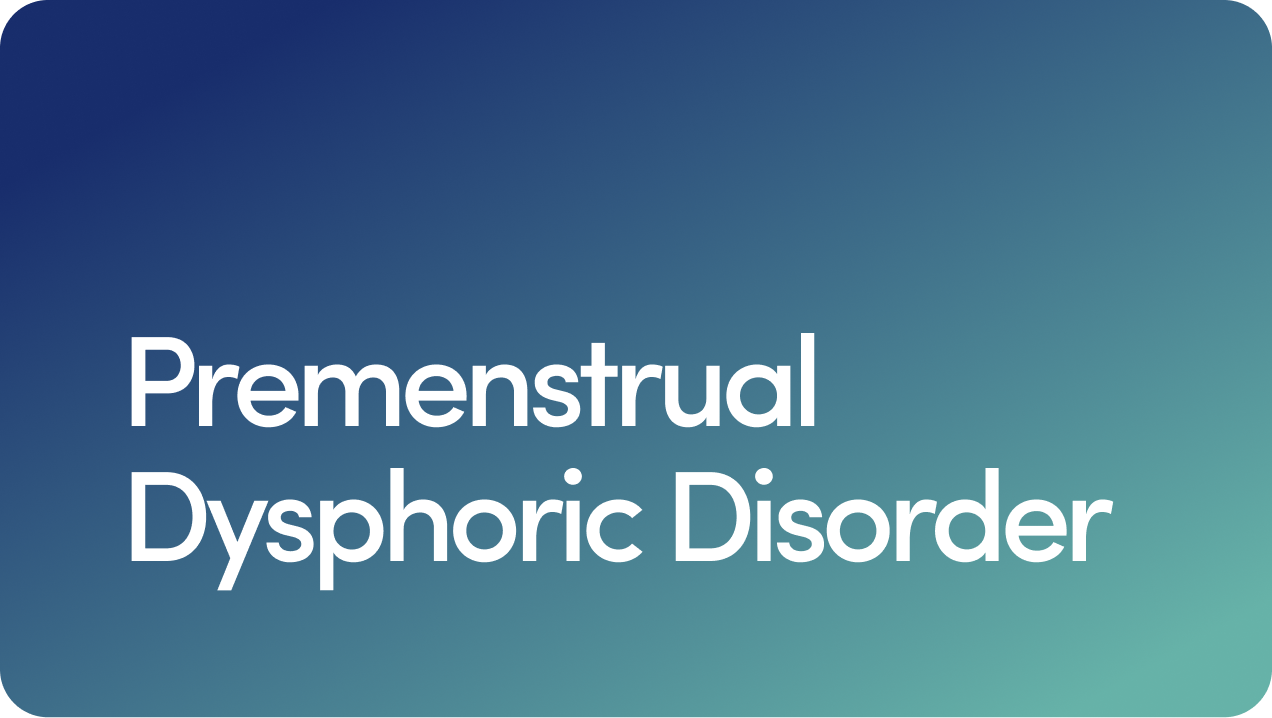 Premenstrual Dysphoric Disorder
Premenstrual Dysphoric Disorder